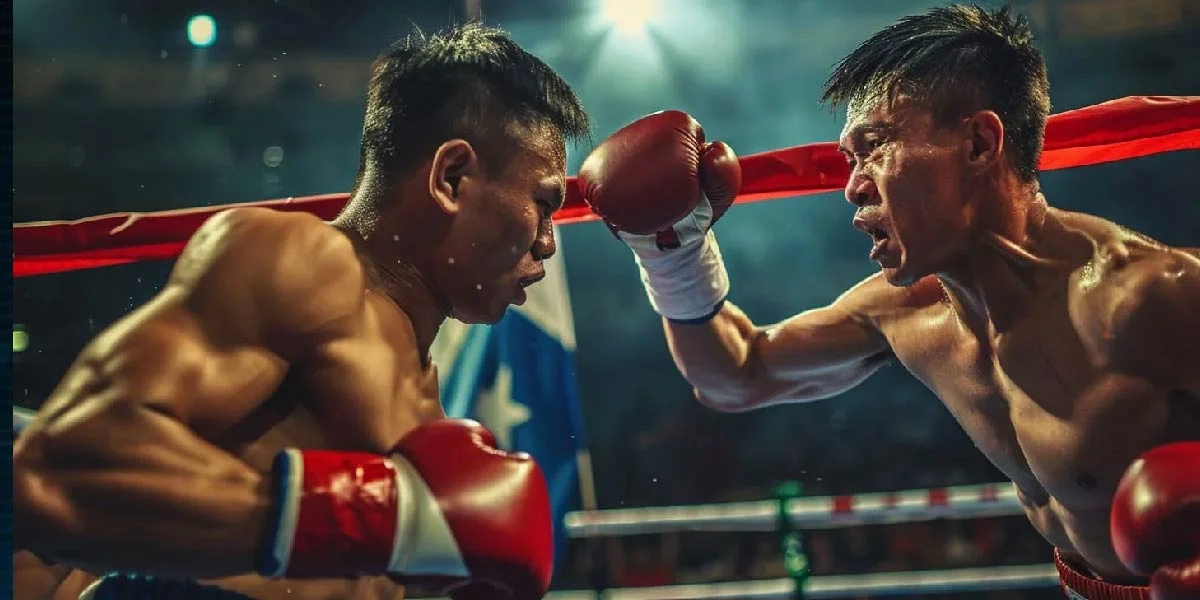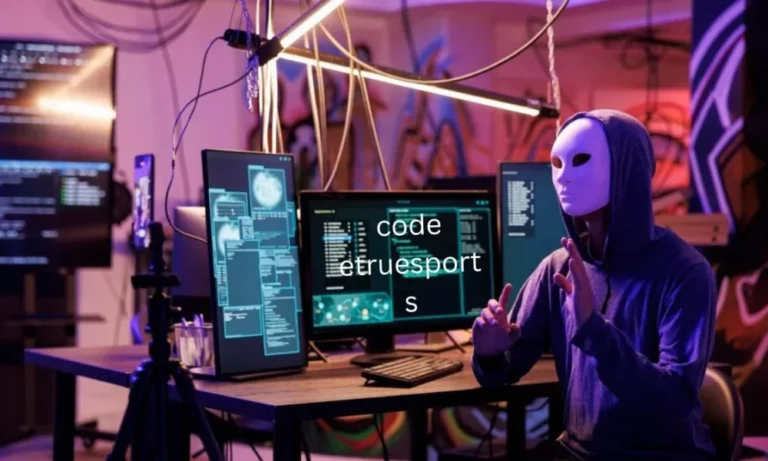
Panantukan, often referred to as Filipino Boxing or Dirty Boxing, is an integral component of Filipino martial arts (FMA). Unlike traditional Western boxing, Panantukan incorporates a wide range of combative techniques, including elbows, headbutts, limb destructions, and off-balancing maneuvers. As interest in self-defense and martial arts has grown over the past few decades, so too has the demand for accessible learning resources, leading to the increasing popularity of Panantukan DVDs. These instructional tools have become essential for both beginners and seasoned practitioners looking to deepen their understanding of this unique and effective fighting style.
Table of Contents
ToggleUnderstanding Panantukan: More Than Just Punches
Before exploring the role of Panantukan DVDs, it is important to understand the essence of the art itself. Panantukan is the empty-hand component of the broader Filipino martial arts system, which also includes weapons-based arts like Eskrima and Arnis. While it might look similar to boxing at first glance, it is much more fluid, unorthodox, and strategic. Practitioners utilize punches, slaps, hammer fists, elbows, and even shoulder strikes. Additionally, there is a heavy focus on “gunting” or destruction of the opponent’s attacking limbs using elbows or forearms.
Panantukan’s emphasis on street-effective techniques makes it particularly appealing to those interested in real-world self-defense. It’s an art that recognizes the chaos of a real fight and offers practical solutions rooted in economy of motion, precision, and adaptability.
The Need for Instructional DVDs
The martial arts landscape has changed significantly in the digital age. While in-person training remains invaluable, not everyone has access to qualified instructors, especially in niche arts like Panantukan. This is where instructional DVDs play a crucial role. For those in remote areas, or for students supplementing their in-gym learning, Panantukan DVDs provide a structured and detailed resource to continue progressing in their training.
Unlike random internet clips, DVDs tend to offer organized curriculums that build upon foundational knowledge. Many respected instructors have compiled their decades of experience into these DVDs, ensuring that learners receive high-quality, coherent instruction that mimics the progression of an in-person class.
Key Benefits of Panantukan DVDs
-
Structured Learning: Most Panantukan DVDs follow a logical sequence, starting with basic footwork and stance, moving to basic strikes and defenses, and then into more advanced concepts like limb destructions and counterattacks. This step-by-step approach allows learners to develop a solid foundation.
-
Replayable Content: One of the major advantages of DVDs is the ability to revisit techniques as many times as needed. Martial arts require repetition and precision; being able to pause, rewind, and review specific movements ensures better comprehension and execution.
-
Training at Your Own Pace: Not every student learns at the same speed. DVDs allow for personalized pacing, letting beginners take their time while advanced practitioners can jump ahead or fine-tune specific skills.
-
Access to Renowned Instructors: Many Panantukan DVDs feature instruction from world-renowned martial artists who might not be accessible in person. Their insights, teaching styles, and training philosophies are preserved in these recordings for widespread benefit.
-
Complement to Live Training: For those already training under an instructor, DVDs serve as excellent supplements. They can reinforce class material, offer different perspectives, or introduce variations that the student can discuss with their teacher.
Content Typically Covered in Panantukan DVDs
Though each instructional set varies depending on the instructor’s focus, most Panantukan DVDs include the following components:
-
Stance and Movement: Proper stance and footwork are crucial in Panantukan. DVDs often begin with teaching how to maintain balance while being mobile and evasive.
-
Punching Mechanics: Unlike Western boxing, Panantukan includes a wider array of hand strikes. DVDs teach jabs, crosses, backfists, hammer strikes, and the use of elbows from close range.
-
Destructions and Counters: This is where Panantukan sets itself apart. DVDs delve into techniques like “gunting” (nerve strikes and destructions), where the practitioner attacks the opponent’s attacking limbs.
-
Clinch and Takedowns: Panantukan frequently moves into close-quarter combat. Many DVDs explore clinch positions, off-balancing techniques, and how to follow up with sweeps or throws.
-
Integration with Weapons: Some Panantukan DVDs also explore how empty-hand techniques translate from or integrate with stick and knife fighting, a common aspect of Filipino martial arts.
-
Scenario Training: Real-world applicability is often emphasized. DVDs may include drills and techniques for dealing with common street attack scenarios, reinforcing the practicality of the art.
Challenges and Limitations
While Panantukan DVDs are incredibly useful, they are not without limitations. One of the most significant drawbacks is the lack of immediate feedback. A DVD cannot correct your form, point out your weaknesses, or adjust your technique in real time. It also requires a partner to practice most techniques effectively, which can be a challenge for solo learners.
Another limitation is the static nature of video learning. While DVDs can demonstrate movement, they cannot replicate the feeling of timing, pressure, and resistance that comes with live sparring or drills. Thus, DVDs should be seen as tools rather than replacements for live instruction.
Choosing the Right Panantukan DVD
With the abundance of martial arts DVDs on the market, choosing the right one can be daunting. When selecting a Panantukan DVD, consider the following:
-
Instructor Credibility: Look for instructors with a strong reputation in the Filipino martial arts community. Their experience and teaching background matter.
-
Curriculum Structure: Check if the DVD set offers a progressive curriculum. It’s beneficial if the content builds upon itself logically.
-
Production Quality: Clear visuals and audio are essential for effective learning. Poor production can lead to confusion or misinterpretation of movements.
-
Bonus Material: Some DVDs include extras like solo drills, interviews, or live seminar footage, which can add value to your training.
The Future of Panantukan Instruction
While DVDs remain a popular medium, digital streaming is becoming the new standard. Many instructors now offer their Panantukan content online via subscription-based platforms. This allows for continual updates, interactive communities, and sometimes even remote feedback.
Nonetheless, DVDs retain their place, especially for collectors and those who prefer physical copies for offline training. As interest in realistic and practical martial arts continues to grow, Panantukan—through both DVDs and online media—is likely to find a larger global audience.
Conclusion
Panantukan is a dynamic and effective martial art that deserves wider recognition. For many, Panantukan DVDs provide the only means of accessing quality instruction in this unique system. These DVDs not only preserve traditional knowledge but also adapt it for modern self-defense needs. While not a complete substitute for live instruction, they remain invaluable learning tools for students around the world.
By combining structured curriculum, expert guidance, and the convenience of at-home training, Panantukan DVDs have become a cornerstone in the global dissemination of Filipino martial arts. Whether you’re a beginner eager to explore a new martial path or an advanced practitioner looking to refine your skills, investing in the right Panantukan DVD can be a transformative step in your martial journey.
About the Author
admin
Administrator
Welcome to our guest post platform — your destination for insightful, high-quality content from contributors around the world. I'm Qasim Malik, the admin behind this initiative, committed to building a diverse space where voices from various industries, interests, and backgrounds come together. Our mission is simple: to empower writers, bloggers, and thought leaders by giving them a platform to share their expertise, opinions, and stories. Whether you're a seasoned expert or a passionate beginner, our site welcomes you to publish and connect with a wider audience.





